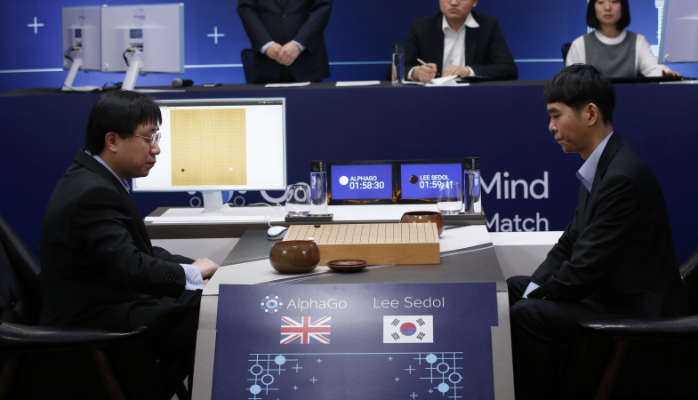Breakthrough in spintronics paves way for new-generation memories
- Eric Boillaud
- Apr 19, 2015
- 1 min read

Nature Nanotechnology just devoted an entire issue to the spin-transfer-torque effect and its short-term application in data storage.
Non-volatile memory is one of the most important principles of today’s computers, storage systems, and mobile devices. Performance, price, and energy efficiency are major criteria in determining the economic success of any new memory technology brought to market.
Spin-transfer torque can be used to flip the active elements in random-access memory instead of leveraging magnetic fields. Non-volatile memories with all-electrical read and write operations might prove faster, cheaper, and less power-hungry. Currently, much research effort is being dedicated to the reduction of the current density needed to reorient efficiently the magnetization.
Spin-transfer-torque magnetic random access memory (STT-MRAM), one of the most advanced of those emerging technologies in the field of solid-state non-volatile memories, is now just about to hit the market.
EndFragment










Comments